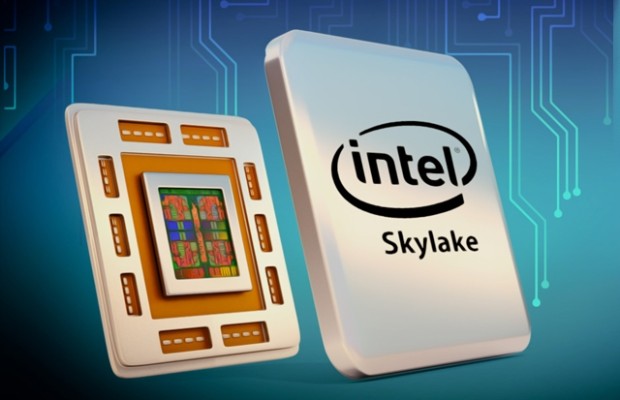 Intel has always been at the forefront of processor technology.
Intel has always been at the forefront of processor technology.
The biggest challenge for the chipmaker has been increasing battery life while maintaining the high level of performance required by today’s PC and Mac users.
The latest generation of Intel Core processors, codenamed Skylake, offers updates and refinements to what the olderBroadwell processor series had to offer.
Skylake processors have just started shipping, which means that we should start seeing devices later this year and likely in early 2016.
Improvements over Broadwell
Built on the same tiny 14 nanometer process as the fifth generation Core processor series, Skylake processors offer various gains in terms of CPU and GPU performance. This means the ability to push out more performance per chip as well as manage increasingly demanding graphics performance right from the same processor.
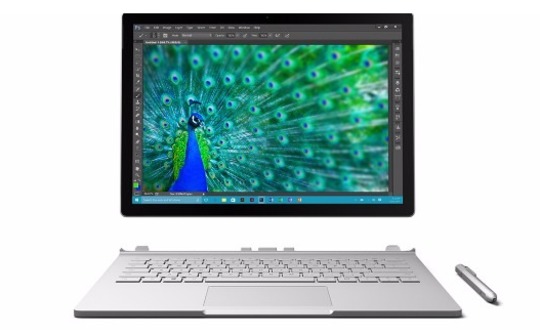 A good example of what an Intel Skylake processor-powered notebook has to offer is Microsoft’s new Surface Book 2-in-1 device which was just announced.
A good example of what an Intel Skylake processor-powered notebook has to offer is Microsoft’s new Surface Book 2-in-1 device which was just announced.
The Surface Book is a 13-inch tablet with a 3000×2000 resolution multi-touch display, it has the ability to run desktop class applications quickly and its battery lasts for 12 hours.
Microsoft has also outfitted the Surface Book with a QWERTY keyboard that converts it into a bona fide notebook.
Because the new Skylake processors are smaller, they consume less battery power even during more intense computing applications.
These next generation processors also generate less heat, which makes it now possible to design even thinner, lighter and possibly fan-free enclosures. While Microsoft’s Surface line is representative of the high end of the spectrum, I expect to see various manufacturers jump in and create devices around the new architecture.
As with other Intel processor families, Skylake should be made available in a variety of models ranging from the Core M (mobile) chipset to more robust Intel Core i3, i5 and i7 processors for business and Xeon processors for server and workstation class PCs.
For consumers, this means that they will likely see thinner Ultrabooks and tablets as well as more capable 2-in-1 devices that can run all the latest Windows 10 desktop class applications. They will also likely see thinner and smaller-format desktops with processing power that’s comparable to larger desktops.
Graphics are key
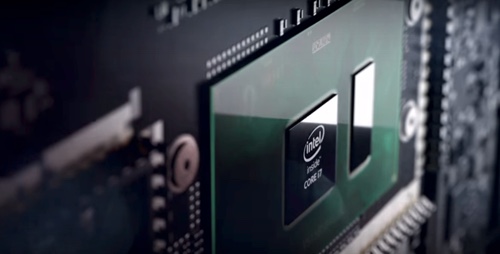
The main areas where Skylake processors shine are graphics and power management. Intel says that devices running on Skylake-optimized chipsets will enjoy 30 per cent better battery life with no performance hit. This means the processors can perform at optimal levels longer on less battery.
4K support is supposedly much improved with the 6th generation Core processors, which means improved performance for devices that need to power 4K displays or larger (like the Apple 5K iMac 27-inch).
New to Skylake is a feature called Speed Shift, essentially a power-saving technique that enables the CPU to intelligently change its power state. Intel’s power clock savings technique is fairly rigid today, but Speed Shift in Skylake laptops should improve responsiveness when coming out of a low power mode. Skylake can also manage better and faster types of RAM, which, bodes well for gaming PCs and higher end desktops and servers—especially those that need to power complex graphics.
Skylake is going to rule the processor market for at least two years. Intel isn’t releasing a new generation of processors until 2016, which means that the foreseeable future of PCs and tablets rests in Skylake’s hands.
Find Skylake processors in these new devices from Microsoft:
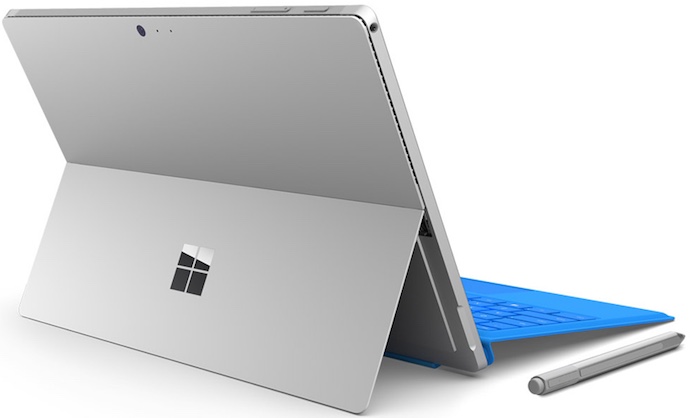 Meet the new Surface 4 |
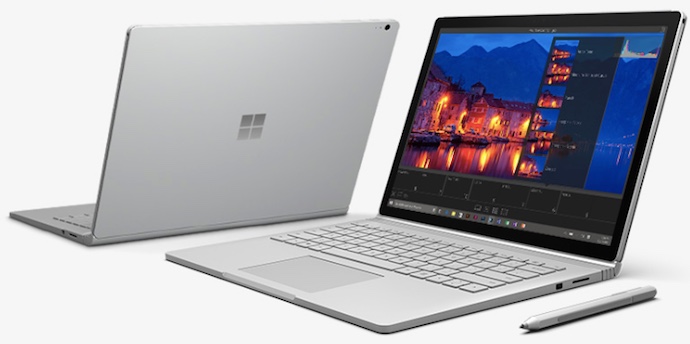 Meet the new Surface Book |



